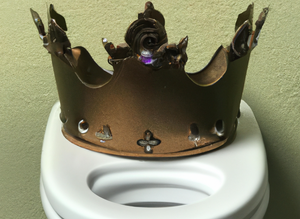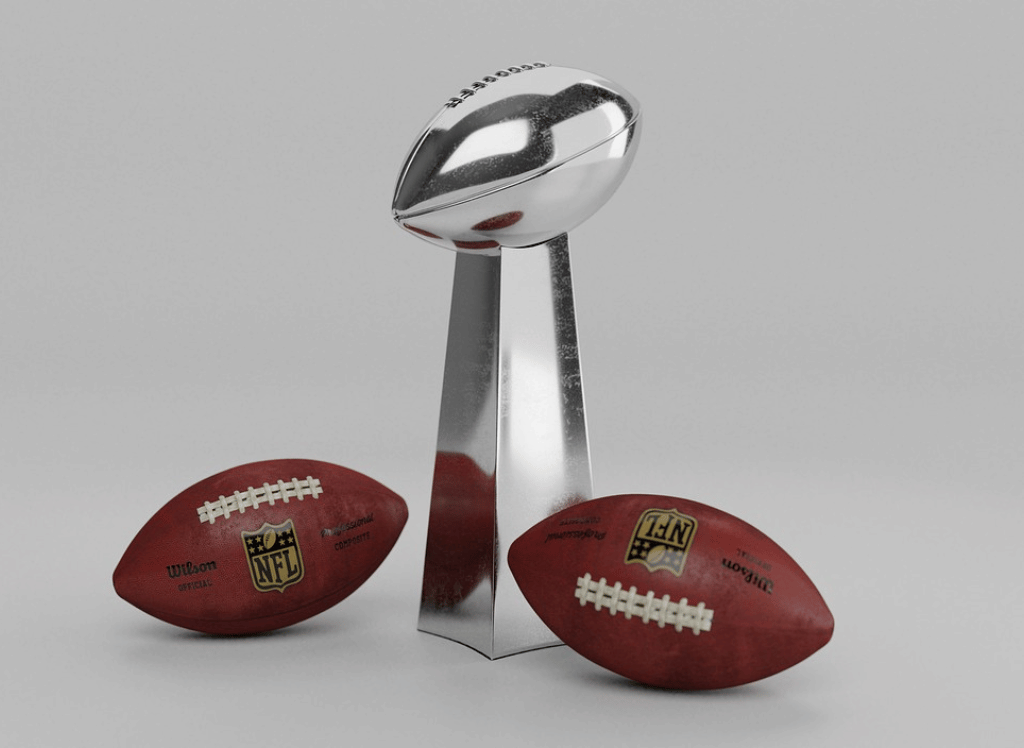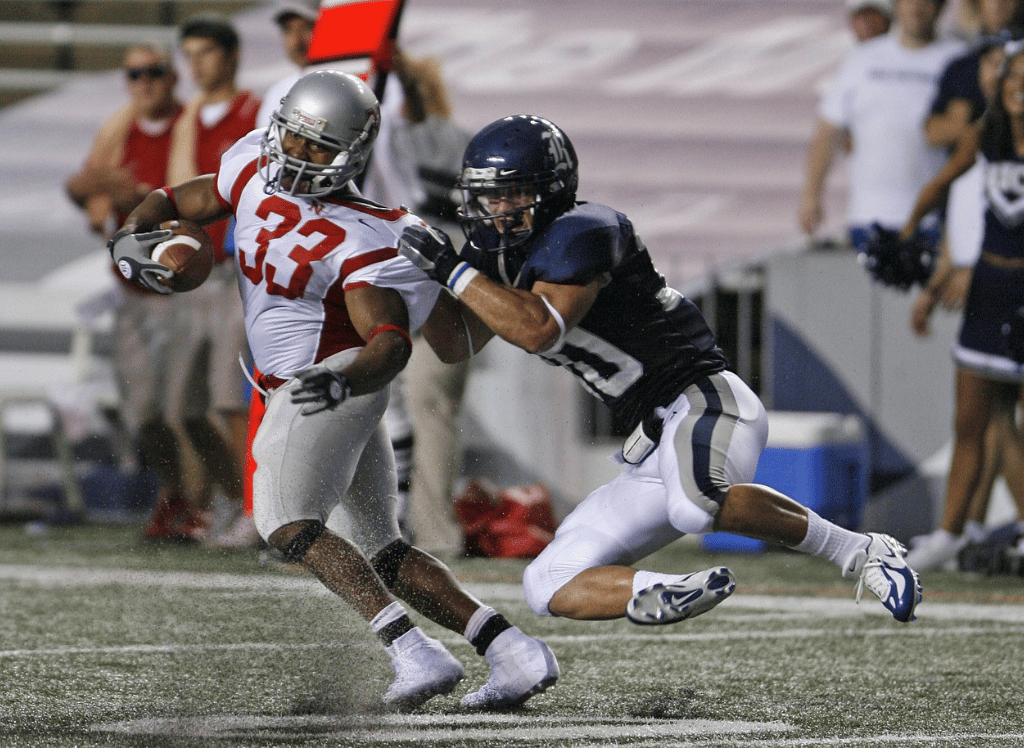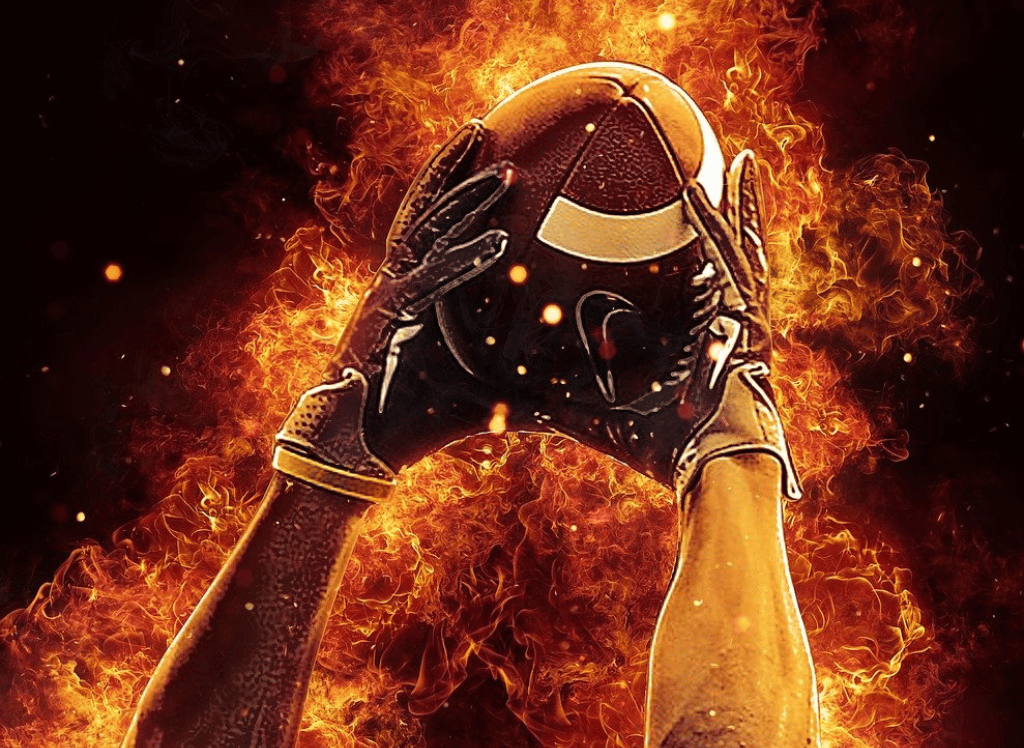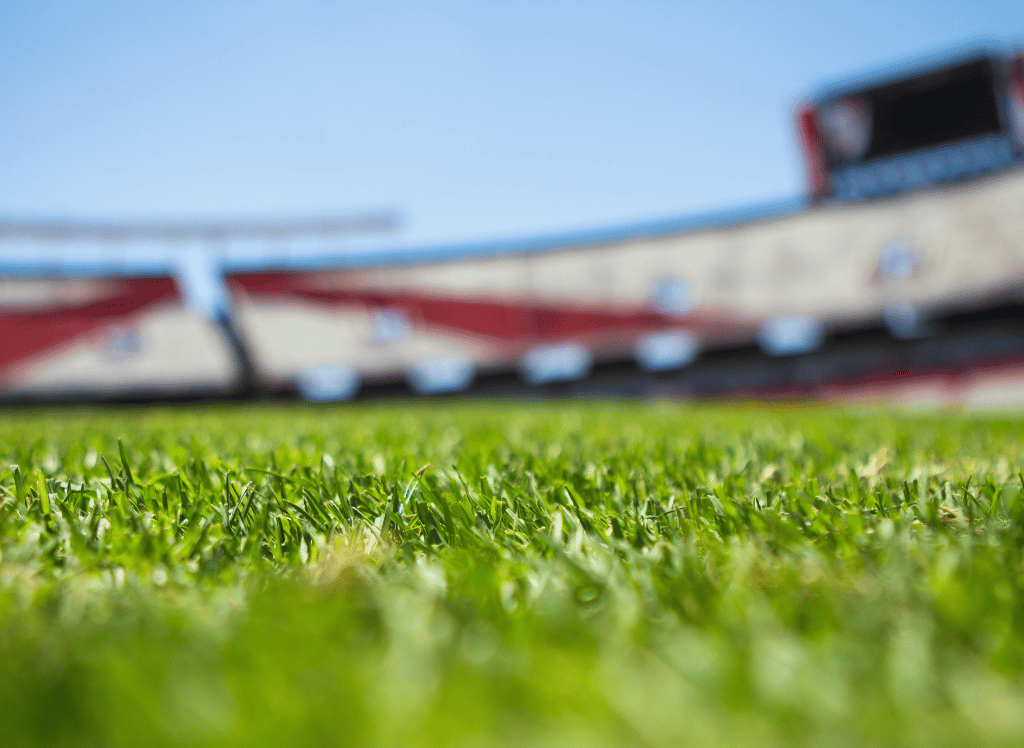The NFL has introduced a new setup for the players. This zone is designed to limit the running start that players can take before the ball is kicked. Previously, players could get a head start, but now they must line up at the receiving teams's 40-yard line.
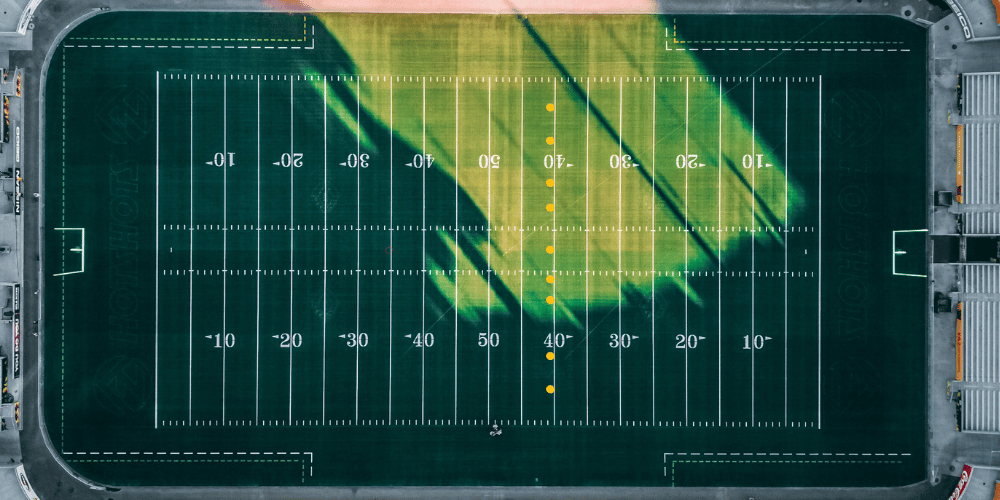
This change aims to reduce the high-speed collisions that often occur during kickoffs.
Special teams coaches are scratching their heads, trying to figure out how to adapt to this new rule. The setup is expected to lead to more return plays and fewer injuries. The league hopes that by limiting the running start, players will have less momentum, resulting in safer kickoffs.
More Returns: A Double-Edged Sword
The new rules are expected to lead to more returns, but this is a double-edged sword. While more returns can make the game more exciting, they may possibly increase the risk of injury. The league is hoping that the changes to the setup zone and fair catch rules will mitigate this risk.
Fans are eagerly awaiting the start of the regular season to see how these new rules will impact the game. Will we see more thrilling returns, or will the new rules lead to more touchbacks? Only time will tell, but one thing is for sure: the new kickoff rules will shake things up.
The Setup
One of the most significant changes in the new NFL kickoff rules is the placement of the players to start the kickoff.
Kicking Team:
- The Kicker kicks off the football from the 35-yard line
- 10 players of the kicking team lines up at the receiving team's 40-yard line
Receiving Team:
- 9+ players of receiving team will line up in the Setup Zone (between 30 and 35-yard line)
- 7+ players of receiving team lines up on the 35-yard line
- 1 - 2 players of receiving team will line up in the Landing Zone (between the goal line and 20-yard line)
What is the Landing Zone?
The landing zone is the zone between the 0 to 20-yard line of the receiving team.
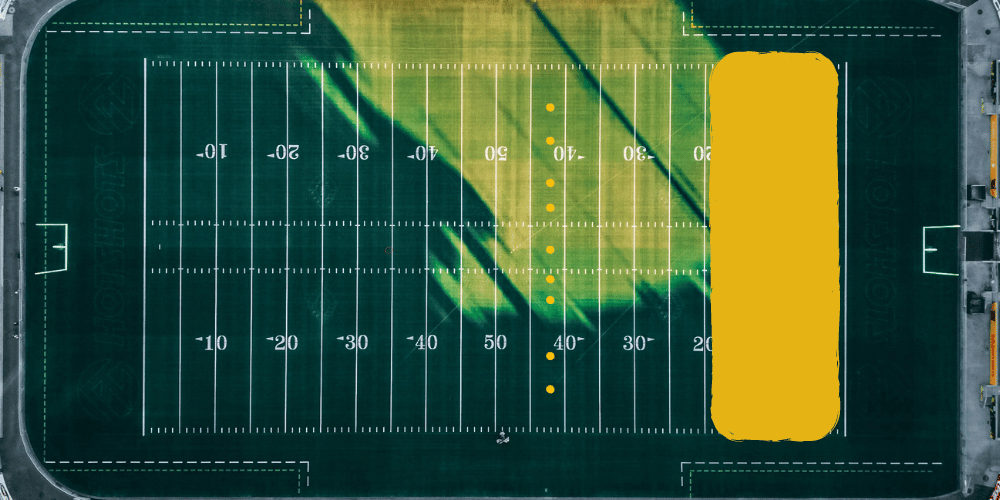
What is the Setup Zone?
The Setup Zone is the zone where 9 or more players of the receiving team stand; between the 30 and 35-yard line of the receiving team.
Touchbacks
If the ball is not returned after kick:
- fails to reach 20-yard line, possession starts at the 40-yard line
- is out of bounds, possession starts at the 40-yard line
- goes into the end zone or beyond, possession starts at the 30-yard line
- goes into the landing zone (0 to 20-yard line), no touchback; must be returned
- goes into the landing zone but goes into end zone, can be returned or possession starts at the 20-yard line
Onside Kicks
The new rules also impact onside kicks. Onside kicks are only allowed in the 4th quarter and the trailing team must notify the officials before the onside kickoff.
The Test
Owners and coaches are watching closely, hoping that these changes will lead to fewer injuries without taking away from the excitement of the game. This promising step towards a safer, more fun and strategic game, but it remains to be seen how these new rules will play out in the long run.
Summary of the new Dynamic Kickoff Rule
The new NFL kickoff rules are designed to increase returns and player safety. These changes include adjustments to the setup zone, landing zones, touchback and fair catch rules, and onside kicks. The league will surely evaluate the impact of these new rules. While the changes are promising, only time will tell if they will achieve the desired effect.


